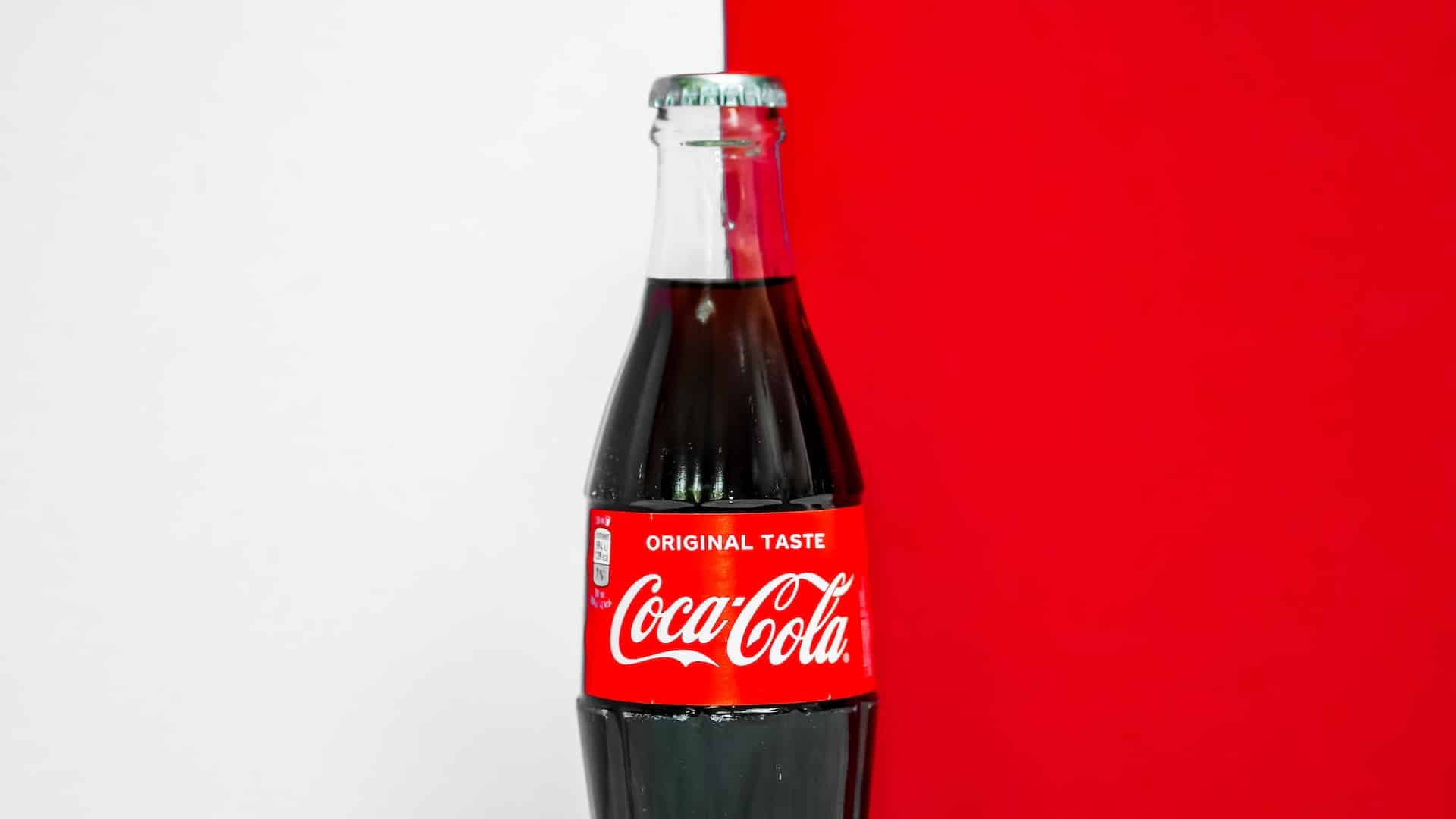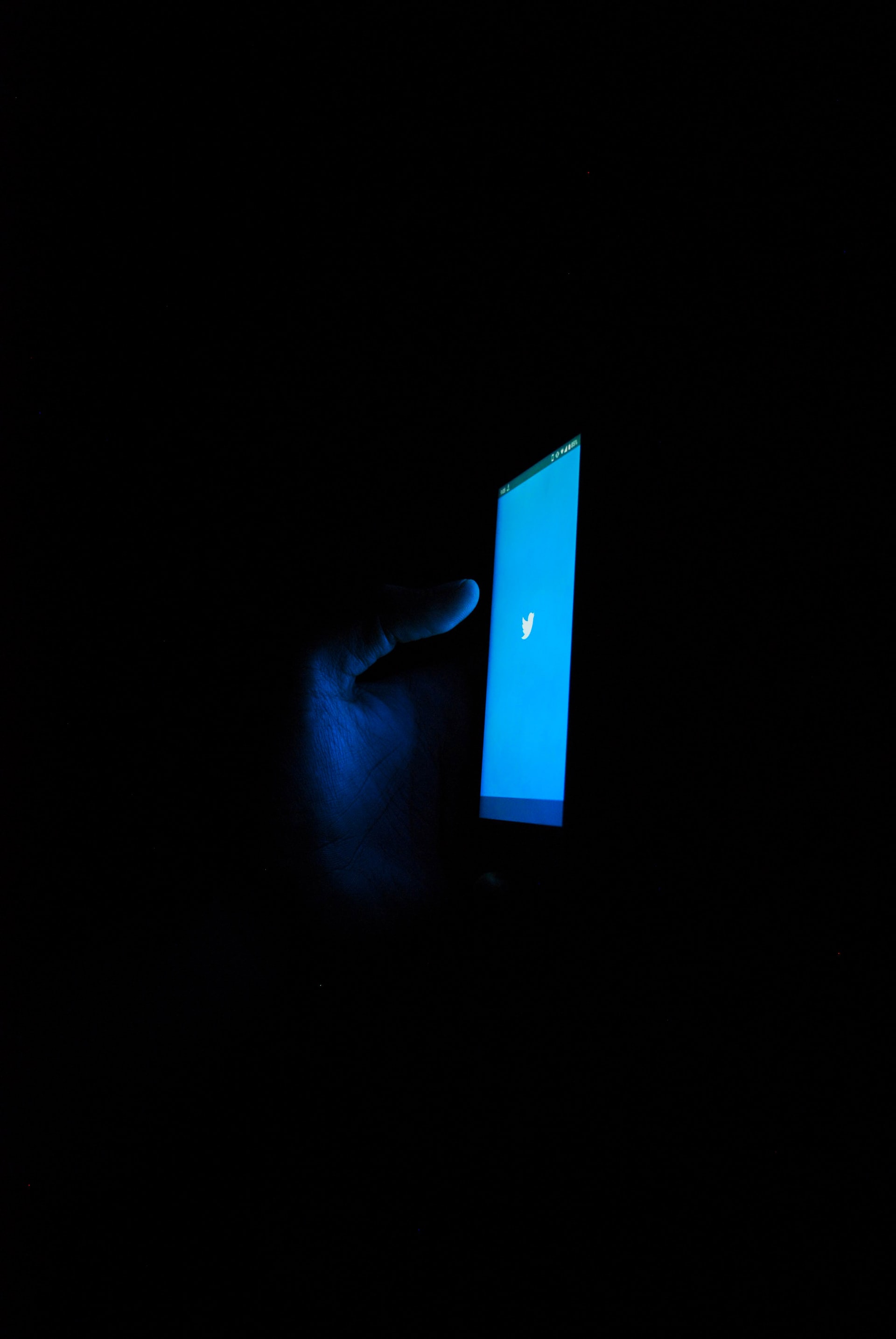A logo represents a company’s personality and message for a target audience. But only some logos can successfully reflect the intended business values. Therefore, you must pick the correct logo type before designing it for your brand. Only the right kind of logo will impress your target customers.
For example, if your business is small, ensure your logo spells out your full name. In that case, you might opt for a word mark. So, think of others such as pictorial, abstract, and combination logos.
Some newly launched businesses care less about picking a suitable logo. Instead, they randomly pick any logo, ultimately paying the price by losing the potential customers’ trust.
So, compare different types of logos for their suitability to your new business before settling for the one that best represents your brand. Here are some significant logotypes when deciding on your company logo.
IMAGE: UNSPLASH
Wordmark Logo
A wordmark logo, a logotype, features a company’s full name. The text is stylized to represent the brand. The designer carefully chooses the typeface and font style to reflect the brand’s personality and values. Famous examples of wordmarks include Coca-Cola and Google logos.
Lettermark Logo
A letter mark logo features the initials of a company’s name. This type of logo is best suited for companies with long names needing help fitting into a standard wordmark. However, a letter mark logo can also be an excellent choice for a company that wants to convey a sleek, modern image.
Such a logo consists of one or more letters from the brand name, typically the first letter of each word. Wordmark and letter mark logos effectively convey a brand’s identity and create recognition in their unique way.
Pictorial Logo
A pictorial logo, also known as a symbol or icon, typically comprises an illustration or symbol. But a pictorial logo should be simple, memorable, and easily recognizable to make an impact. A pictorial logo conveys a brand’s message or values without words. Such logos are useful for global brands that must communicate across language barriers. Some famous examples of pictorial logos include Apple’s apple logo, Nike’s swoosh logo, and Twitter’s bird logo.
Abstract Logo
An abstract logo features a unique and often abstract symbol. It is an excellent choice for companies that want to convey a modern, innovative image. In addition, abstract logos are often memorable and versatile, making them suitable for various applications.
Combination Logo
A combination logo combines text and an illustration or symbol. It is an excellent choice for companies that want to convey their name and a specific image or concept. But combination logos can be more complex design than other types of logos. So, ensuring the design is simple, memorable, and easily recognizable is essential.
Now that you know which type of logo is best suitable to express your brand personality and message, understand what makes a logo unique and impressive.
Here are some tips for creating an impactful logo
Memorability
An effective logo should be easily recognizable and memorable. A simple or generic logo will likely stick in a customer’s mind. However, many aspects of a logo design make it memorable.
- Simplicity: Simple logos are easier to remember than complex ones. So, while taking the help of a logo maker tool, avoid using multiple design elements. That will clutter the smaller logo space.
- Uniqueness: A unique logo design that stands out is more likely to be remembered
- Relevance: A logo that relates to the brand or industry it represents will be more memorable
- Consistency: Using a logo consistently across all branding materials helps build recognition and memorability
- Color: Choosing the right colors that reflect brand personality and message has a lasting impact on viewers.
Scalability
A logo should look good in any size, whether on a business card or a billboard. It should be clear and legible when reduced to a small size and maintain its impact when enlarged.
A scalable logo is important because a company’s needs will change over time, and the logo should be able to adapt to different applications and media.
While using a logo creator to design a logo, consider these measures to make it scalable:
- Using vector graphics: Vector graphics, such as those created in Adobe Illustrator, can be resized without losing their quality or clarity. This makes them ideal for logos that need to be resized frequently.
- Keeping it simple: A simple design with clean lines and basic shapes is easier to resize and maintain its clarity at different sizes.
- Avoiding details: Fine details and small text can become blurred or difficult to read when resized. So, avoid incorporating fine details in a logo design to make it scalable.
- Choosing appropriate typography: The typeface used in the logo should be legible at different sizes and weights and complement the overall design.
Versatility
A successful logo should be a versatile design that looks impressive from all perspectives. This means it should look good both in color as well as in black and white. It should make an impact while appearing on advertisements, websites, and merchandise. The logo should also be easily reproducible in various media, such as embroidery, screen printing, and digital media.
So, when using an online logo maker, create an aesthetically pleasing logo that is adaptable to different mediums and applications. In addition, its design should be easily recognizable and impactful regardless of size, format, or color scheme.
Appropriateness
A logo should be appropriate for the brand it represents. Additionally, such a logo is appropriate for its target audience. For example, a business dealing in kid’s toys should have colors and fonts that are appropriate for kids. On the other hand, such colors and fonts will be inappropriate for a law firm. Similarly, a conservative financial institution would have a different logo than a hip, cutting-edge tech company.
An appropriate design should reflect the brand’s values, personality, and target audience. For example, the right logo is one that:
- Reflects the brand’s values and identity: An appropriate logo accurately represents the brand’s image, personality, and values.
- Resonates with the target audience: It is also appealing and relevant to the target audience, considering cultural, demographic, and other factors.
- Complies with legal and ethical standards: Such a logo should not infringe on any existing trademarks, copyrights, or legal or ethical standards.
Conclusion
Choose a type of logo depending on your brand’s personality, values, and target audience. Wordmark logos work well for well-established brands with a strong reputation and who want to emphasize their name. Lettermark logos are a good choice for brands focusing on their initials and creating a recognizable logo. Pictorial logos can be compelling for global brands or those that want to communicate a message or concept without words.
Whichever type of logo you pick should represent your brand’s personality and values. Ensure that such a design is memorable, recognizable, and appropriate for your target audience.
IMAGE: UNSPLASH
If you are interested in even more design-related articles and information from us here at Bit Rebels, then we have a lot to choose from.


COMMENTS